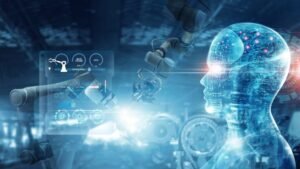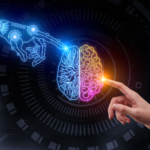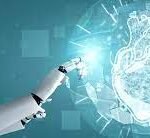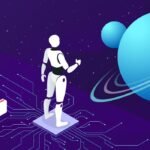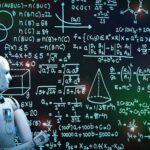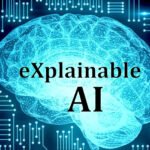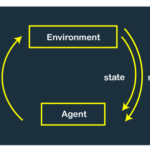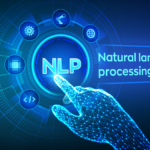The Basics of Artificial Intelligence
Artificial Intelligence (AI) has emerged as a transformative technology, revolutionizing numerous industries and shaping the way we live and work. From intelligent virtual assistants to self-driving cars, AI is paving the way for new possibilities and unprecedented advancements. In this blog, we will explore the basics of artificial intelligence, its key concepts, and its impact on society.
Understanding Artificial Intelligence
At its core, artificial intelligence refers to the development of computer systems capable of performing tasks that typically require human intelligence. These tasks encompass a wide range of activities, including problem-solving, decision-making, natural language processing, computer vision, and more. AI systems are designed to analyze vast amounts of data, learn from patterns, and make informed decisions without explicit programming.
Machine Learning and Neural Networks
Machine learning is a crucial component of AI that enables systems to learn from data and improve their performance over time. Through the use of algorithms, machine learning models can automatically recognize patterns and make predictions or take actions based on the analyzed data. Neural networks, inspired by the human brain, are a fundamental approach in machine learning. They consist of interconnected nodes, or artificial neurons, organized in layers to process and extract meaningful information from input data.
Supervised and Unsupervised Learning
Machine learning can be categorized into supervised and unsupervised learning approaches. In supervised learning, models are trained using labeled datasets, where each data point is associated with a corresponding target or output value. The model learns to map input data to the correct output through a process of iterative training and adjustment. Unsupervised learning, on the other hand, involves analyzing unlabeled data to identify hidden patterns or structures. The model learns to find relationships and group data points without prior knowledge of the output.
Deep Learning and Neural Networks
Deep learning is a subset of machine learning that focuses on training neural networks with multiple layers. These deep neural networks are capable of automatically learning hierarchical representations of data, allowing for complex pattern recognition and feature extraction. Deep learning has achieved remarkable breakthroughs in various domains, including image and speech recognition, natural language processing, and autonomous driving.
Applications of Artificial Intelligence
Artificial intelligence finds applications across a wide array of industries and domains. In healthcare, AI is being utilized for disease diagnosis, drug discovery, and personalized treatment plans. In finance, AI algorithms aid in fraud detection, risk assessment, and algorithmic trading. AI-powered virtual assistants, such as Amazon’s Alexa or Apple’s Siri, enhance our daily lives by providing voice-activated services and personalized recommendations. Self-driving cars, powered by AI, are set to transform transportation by improving safety and efficiency on the roads.
Ethical Considerations
As artificial intelligence becomes more pervasive, ethical considerations are of paramount importance. Issues such as algorithmic bias, privacy concerns, and job displacement need to be addressed. Transparent and accountable AI systems, fairness in decision-making, and responsible data handling are critical aspects that must be taken into account to ensure the ethical use of AI.



